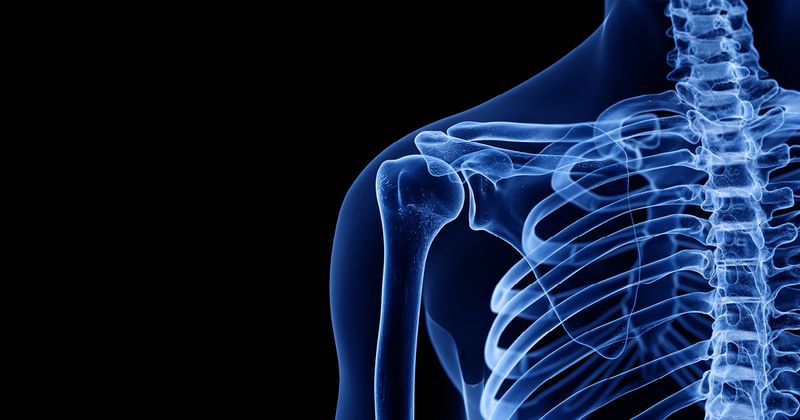Nonrigid fixation may yield higher failure rates after arthroscopic glenoid reconstruction
Key takeaways:
- Patients with button fixation had a slightly higher rate of the graft sitting medial with a slight gapping at the interface.
- Screw fixation allows for increased compression of the graft interface.
NEW ORLEANS — Results presented here showed arthroscopic glenoid reconstruction with button fixation yielded a high failure rate, possibly due to the graft not being flush against the glenoid.

“The study highlights how little we know about how the graft incorporates and remodels and I think, most importantly, which cases will go on to resorb and fail,” Luke Heinrichs, MD, FRCSC, said about a paper that received the Stephen S. Burkhart Shoulder Innovation Award at the Arthroscopy Association of North America Annual Meeting. “We need further study to validate these findings. We need further study to evaluate differences in graft position between button and screw fixation to better understand this process of remodeling.”

Arthroscopic glenoid reconstruction
Heinrichs and colleagues retrospectively reviewed data on patients who underwent arthroscopic glenoid reconstruction either with button fixation or screw fixation between 2013 and 2019. Researchers matched 18 patients who underwent button fixation to 18 patients who underwent screw fixation.
“For graft placement, we looked at multiple things: superior/inferior position relative to the equator, mediolateral position in terms of how flush it was to the face and, finally, whether the graft appears flat, concave or convex,” Heinrichs said.
Researchers reviewed the graft interface for gaps, as well as the overall appearance of the soft tissue pre-repair and quality of the repair. Researchers looked for evidence of a shift of the repair, whether it completely covered the graft, whether tissue was secured to the rim and whether there was a balanced head at the end of the case. Researchers noted any Hill-Sachs lesions, as well as the addition of remplissage.
“We also did include the patient’s postoperative imaging in the analysis,” Heinrichs said. “We looked at the postoperative X-ray for obvious issues of graft or hardware. Follow-up CT was also assessed for fixation, angle of graft positioning and graft resorption.”
Differences in button, screw fixation
Heinrichs noted initial analysis of patients who failed arthroscopic glenoid reconstruction did not return significant findings.
“Grafts all appeared in a reasonable position,” Heinrichs said. “We did notice that soft tissue quality at the beginning of the case was concerning in four of the patients but, in the end, we had good-quality tissue repair, with only one patient having a partially covered graft.”
When researchers compared failed cases to successful cases, Heinrichs noted the groups had similar demographics, poor soft tissue quality, all patients had Hill-Sachs lesions and similar rates of remplissage.
“But when you started to look between the screw fixation and button fixation groups, this is where we started to notice some differences,” he said.
Heinrichs noted patients in the button group had a slightly higher rate of the graft sitting medial with a slight gap at the interface.
“These displacements were slight and well within what range we would have considered acceptable, and this makes sense,” Heinrichs said. “As we’ve been developing the [arthroscopic glenoid reconstruction] AGR technique, we found that screw fixation allows a huge amount of fidelity in graft position along with increased compression of the graft interface as you’re tightening the screw. That allows us to eliminate any gaps against the glenoid.”

